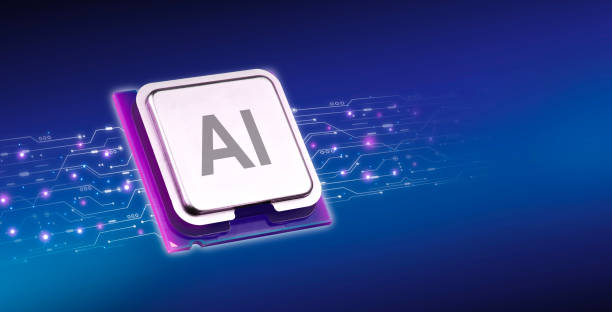Introduction to the Importance of On-page SEO and Its Foundations
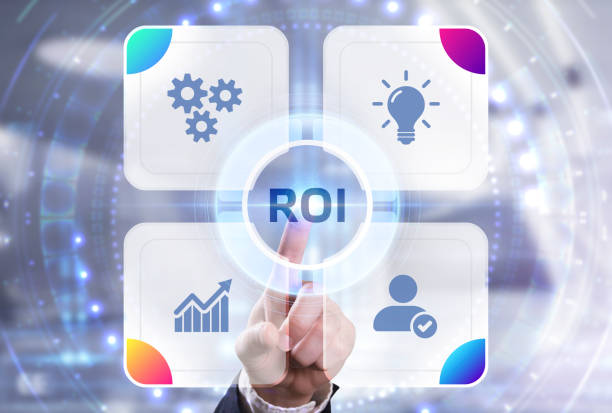
In today’s competitive internet world, a strong online presence is vital for any business.
One of the most important pillars of success in the digital space is On-page SEO.
On-page SEO refers to a set of actions performed within your website to improve its ranking in search engine results. These actions include optimizing content, site structure, HTML tags, and more.
For better understanding, it can be likened to a type of #tutorial for search engines on how to better understand your content.
This is an #explanatory and step-by-step process that #guides you on how to make search engines view your pages positively.
Unlike off-page SEO which relates to activities outside the site, On-page SEO is entirely under your control.
Success in On-page SEO requires an #analytical and precise approach to understand what users are searching for and what kind of content search engines are looking for.
Its importance is such that without strong On-page SEO, even the best content may never reach the audience’s eyes.
Understanding the principles of On-page SEO is the first step for any digital marketer or business owner seeking to increase organic traffic to their site.
These actions not only help with ranking but also improve user experience, ensuring that users have a satisfying experience after entering your site, which is a key factor in reducing bounce rate and increasing dwell time.
Does your company website perform as your brand deserves? In today’s competitive world, your website is your most important online tool. RasaWeb, a specialist in professional corporate website design, helps you to:
✅ Build customer credibility and trust
✅ Convert website visitors into customers
⚡ Get free consultation now!
Effective Keyword Research for On-page SEO

One of the primary steps in an On-page SEO strategy is comprehensive keyword research.
This specialized process involves identifying the phrases and terms that your target audience uses to find your products or services in search engines.
Without the right keywords, content optimization will be meaningless, and your On-page SEO efforts will not be effective.
To start, you should prepare a list of keywords relevant to your field; you can use tools like Google Keyword Planner, SEMrush, or Ahrefs.
These tools help you discover search volume, competition level, and related keywords.
An important point at this stage is to focus on Long-tail Keywords, which usually have lower search volume but higher conversion rates, as they indicate user intent more precisely.
For example, instead of “SEO,” use “On-page SEO tutorial for beginners.”
Keyword research not only helps you produce content that matches user needs but also signals to search engines what your page is about. This part of On-page SEO requires specialized insight and an understanding of user behavior.
Question-provoking content can be extracted from keywords; by asking questions that users search for and providing precise answers, targeted traffic can be attracted.
Choosing the correct keywords is the foundation of a successful On-page SEO strategy, and all subsequent optimization steps, including content creation and structuring, are built upon it.
Thorough keyword research can pave the way for your site to be seen by real audiences.
Optimizing Content and Its Structure for On-page SEO

After keyword research, it’s time to create optimized, high-quality content, which is the heart of On-page SEO.
Your content should not only be optimized for search engines but also be valuable, readable, and engaging for users.
Main keywords should be naturally integrated into the title, introduction, main body text, subheadings, and conclusion.
Avoid Keyword Stuffing, as this can lead to penalties from search engines.
Expert and in-depth content that answers user questions always ranks higher. To increase appeal and readability, use short paragraphs, bullet points, numbering, and ample white space.
Additionally, adding multimedia content such as images, videos, and infographics can help improve user experience and keep users on your page longer.
This part of On-page SEO requires an explanatory and comprehensive approach to cover all aspects of the topic.
Here is an example of optimized content types and their applications for On-page SEO:
| Content Type | Description | Application in On-page SEO |
|---|---|---|
| Educational Articles | Providing knowledge and step-by-step guidance on a topic | Attracting target audience with informational and long-tail keywords |
| How-to Guides | Practical instruction and solving specific user problems | Increasing Authority and gaining position in Featured Snippets |
| Case Studies | In-depth analysis of real results and experiences | Building trust and credibility, attracting natural links |
| Infographics and Videos | Presenting information visually and engagingly | Increasing Engagement, decreasing Bounce Rate |
Your content structure should also be logical; using H1, H2, H3, and other tags helps search engines understand the information hierarchy and increases text readability for users.
Question-provoking content can make users spend more time on your page, which is a positive signal for ranking.
The importance of quality content in On-page SEO is so great that it can be considered the backbone of any successful optimization strategy.
The Role of Title Tags and Meta Descriptions in On-page SEO

Title Tags and Meta Descriptions are among the most important elements of On-page SEO that directly impact your Click-Through Rate (CTR) in Search Engine Results Pages (SERP).
The title tag is the title that appears in the browser tab and as a prominent blue link in search results.
This tag should contain the main keyword of the page and be engaging and enticing to encourage users to click. The standard length for a title tag is about 50-60 characters to display fully in search results and prevent truncation.
The meta description is also a short text that appears below the page title in the SERP, providing a summary of the page’s content.
Although meta descriptions do not directly affect ranking, they can significantly increase the click-through rate by encouraging users to visit your site.
A good meta description should include relevant keywords, a Call to Action, and an attractive offer for the user.
The ideal length for a meta description is around 150-160 characters.
Every page on your website should have a unique title tag and meta description that accurately reflects the content of that page.
Optimizing these two elements is a crucial part of On-page SEO that is often overlooked but has great potential for improving visibility and attracting traffic.
These actions are part of a specialized strategy to capture the audience’s attention at first glance.
Through these elements, you can provide users with an informative experience of what they expect and persuade them that your page is exactly what they are looking for.
Is your company website as professional and trustworthy as it should be? With specialized corporate website design by RasaWeb, create an online presence that reflects your credibility and attracts more customers.
✅ Build a powerful and professional image for your brand
✅ Convert visitors into real customers
⚡ Get free consultation now!
Optimizing Images and Multimedia Files for On-page SEO
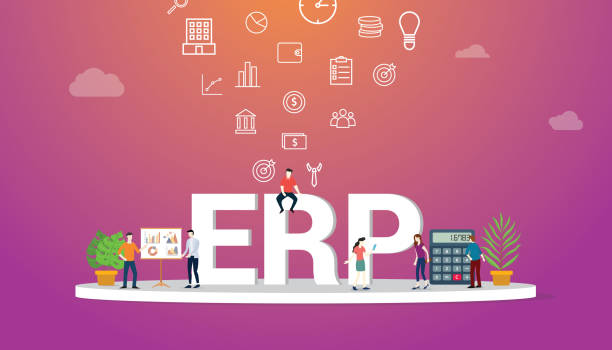
Visual content, especially images, plays a significant role in enhancing page appeal and improving user experience.
However, for these images to benefit On-page SEO, they must be optimized.
The first and most important step is using the Alt tag (alternative text) for images. This text helps search engines understand the image content, as they cannot “see” images like humans do.
The Alt tag is also very important for website accessibility, helping users who use screen readers to understand the image content.
The alternative text should be descriptive and include a relevant keyword.
In addition to the Alt tag, the image file name should also be meaningful and optimized; avoid names like “my-image-1.jpg” and use names like “seo-internal-guide.jpg” to give search engines more information.
The next point is the size and format of images.
High-volume images can severely reduce page load speed, which negatively impacts On-page SEO and user experience.
Use optimized formats like WebP (if possible) and compress images without significantly reducing their quality.
Using lazy loading for images (and other multimedia files) is also recommended; this technique ensures images are only loaded when the user scrolls to them, which greatly helps improve initial page load speed.
These steps constitute a comprehensive guide for visual optimization of the site for On-page SEO and can significantly impact your site’s overall performance in search results.
URL Structure and Internal Linking in On-page SEO
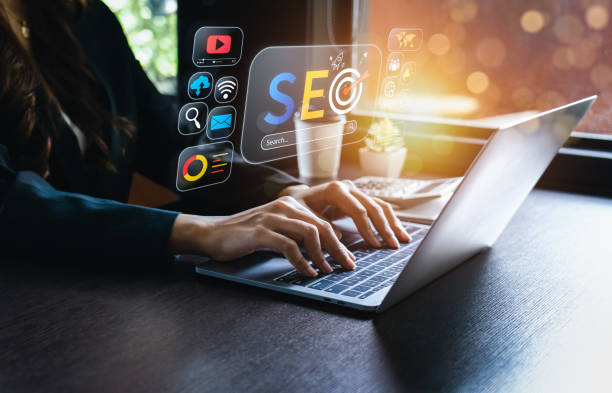
URL structure and internal linking are two other important factors in On-page SEO that help search engines better understand your website’s structure and discover important pages.
Clean, short, descriptive URLs containing the main keyword of the page are preferable for both users and search engines. Avoid long URLs filled with meaningless characters and complex numerical IDs.
A logical and hierarchical URL structure, such as “yourdomain.com/category/subcategory/page-name,” helps users and search engine crawlers understand their current position on the site and prevents confusion.
Another aspect is Internal Linking, which means linking different pages of your website to each other.
This has several benefits: Firstly, it helps search engines discover new pages and understand the relative importance of different pages.
Secondly, internal links can distribute Link Equity throughout your site, giving more power to less authoritative pages.
Thirdly, they improve user experience and encourage users to spend more time on your site and discover related content.
When internal linking, use descriptive and keyword-relevant Anchor Texts.
Avoid linking to irrelevant pages or using generic anchor texts like “click here,” as these hinder optimization.
This analytical approach to site organization significantly enhances your On-page SEO performance and creates clear paths for search engine crawlers and users.
Site Speed and User Experience (UX) in On-page SEO
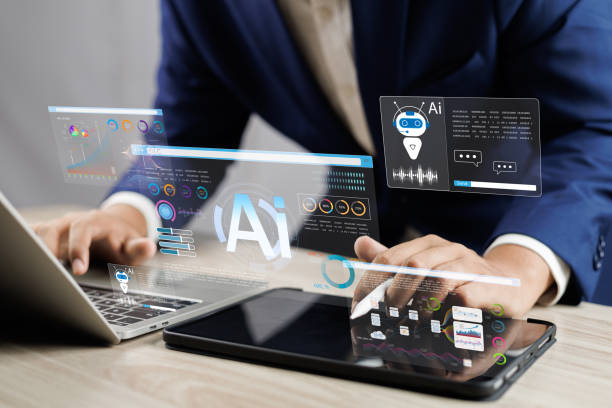
Site speed and User Experience (UX) are vital factors that Google heavily emphasizes and directly impact On-page SEO.
A slow website can lead to a high Bounce Rate and a drop in search results ranking. With the introduction of Core Web Vitals, Google has provided specific metrics for measuring user experience, including LCP (Largest Contentful Paint), FID (First Input Delay), and CLS (Cumulative Layout Shift).
Improving these metrics is not only important for search engines but also increases user satisfaction, leading them to spend more time on your site.
Actions such as image optimization (as mentioned earlier), code compression (HTML, CSS, JavaScript), browser caching, and choosing appropriate hosting can help improve site speed.
Furthermore, Responsive Design, which ensures your website displays correctly on various devices (mobile, tablet, desktop), is crucial for mobile On-page SEO, as a significant portion of searches are performed via mobile.
A good user experience includes easy navigation, attractive visual design, and accessible content.
This engaging approach keeps users on your site and helps improve engagement rates.
Below is a comparative table of site speed testing tools and their effectiveness for On-page SEO:
| Tool | Key Features | Application for On-page SEO |
|---|---|---|
| Google PageSpeed Insights | Speed analysis on mobile and desktop, optimization suggestions | Core Web Vitals assessment, providing opportunities for On-page SEO performance improvement |
| GTmetrix | Comprehensive performance reports, Waterfall chart, ability to test from different global locations | Identifying slowing resources, optimizing code and images for speed improvement |
| Pingdom Tools | Speed monitoring, checking load time of each element individually | Analyzing page size and number of requests for loading optimization |
Ultimately, it should be remembered that the main goal of On-page SEO is to provide the best possible user experience, as search engines are increasingly focusing on this aspect and consider it an important ranking factor.
Technical SEO and Its Relation to On-page SEO
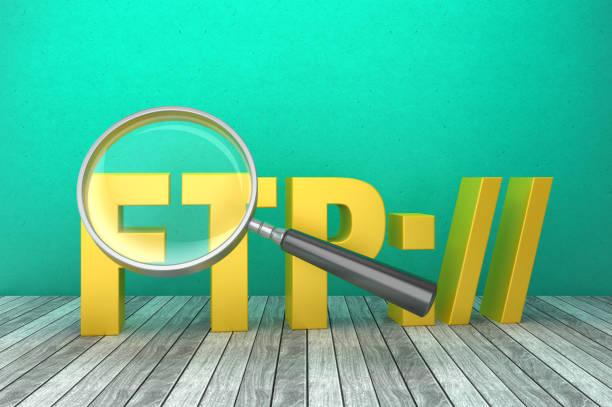
Technical SEO is an integral part of a comprehensive On-page SEO strategy that ensures your website is technically optimized for search engine crawlers and users.
While On-page SEO deals with on-page content and structure, Technical SEO looks at the site’s infrastructure and code.
Important actions in this section include the structure of the robots.txt file to control crawler access, the sitemap.xml file to help search engines discover all pages, and the implementation of an SSL certificate for website security (HTTPS).
Additionally, using Structured Data (Schema Markup) to help search engines better understand page content and display it as Rich Snippets in search results is a specialized and highly effective aspect of On-page SEO.
Managing Duplicate Content using Canonical tags is also highly important to prevent search engine confusion and transfer link authority to a single original version.
Handling 404 errors and 301 redirects for moved or deleted pages is also essential for maintaining On-page SEO authority. Ensuring your website is correctly indexed and there are no technical barriers for crawlers is the foundation of any successful On-page SEO campaign.
These elements, though less visible, form the backbone of an optimized website and help search engines correctly understand and rank your content.
Did you know that 85% of customers check your company’s website before any interaction?
With RasaWeb, build a corporate website that truly reflects your credibility.
✅ Increase customer credibility and trust
✅ Attract high-quality leads
⚡ Get free website design consultation
Monitoring and Analyzing On-page SEO Performance
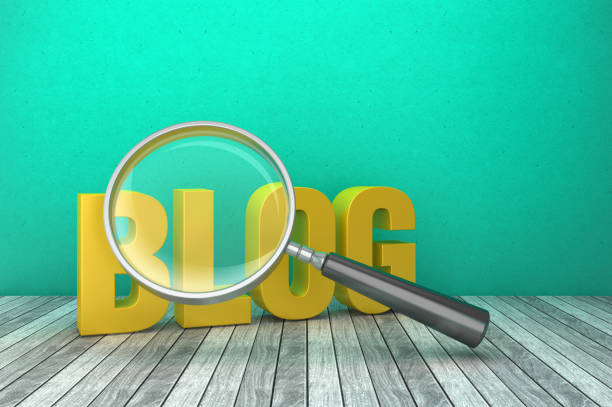
After applying the necessary changes and optimizations in On-page SEO, the next stage is monitoring and analyzing performance.
This stage is crucial to understand which strategies have been effective and which need improvement.
Tools like Google Search Console and Google Analytics will be your best friends on this path.
Google Search Console allows you to view your site’s performance in search results, including the keywords users used to find your site, Click-Through Rate (CTR), and potential indexing issues.
This tool gives you analytical and precise insights to identify the strengths and weaknesses of your On-page SEO.
Google Analytics also provides comprehensive data on user behavior on your website, including time on page, bounce rate, and user flow.
By combining the data from these two tools, you can make data-driven decisions for continuous improvement of your On-page SEO and maximize the effectiveness of your efforts.
Furthermore, paid tools like SEMrush and Ahrefs offer more detailed reports on keyword rankings, competitor analysis, and link-building opportunities, which are very useful for a specialized and advanced strategy.
Continuous monitoring and content updates based on data analysis are key to maintaining and improving rankings in the long run. This section guides you on how to leverage data to enhance your On-page SEO performance and surpass your competitors.
New and Future Trends in On-page SEO
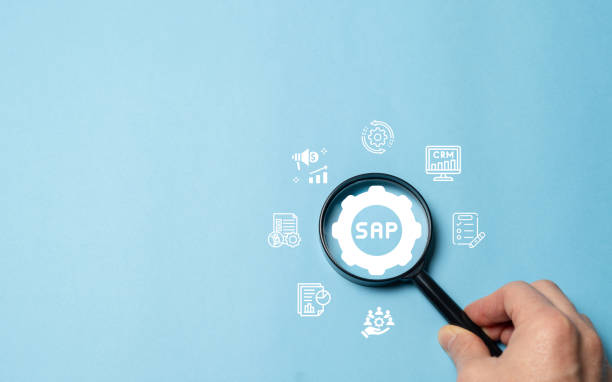
The world of SEO is rapidly changing, and to succeed in On-page SEO, it’s essential to stay informed about the latest trends and advancements.
One of the most important trends is the emergence of Artificial Intelligence (AI) in Google’s algorithms, such as BERT and MUM.
These algorithms help Google better understand user intent and the true meaning of searches, not just keywords.
This means that producing comprehensive, natural, and high-quality content that fully answers user questions has become more important than ever and should be among your On-page SEO priorities.
Optimization for Voice Search is also growing, as the number of voice assistant users increases. For this purpose, content should be written more in conversational and Q&A style to be compatible with speech patterns.
Furthermore, focusing on User Experience (UX) and Core Web Vitals, discussed earlier, will continue to be a significant priority, and Google places great importance on them.
The increasing importance of E-E-A-T (Experience, Expertise, Authoritativeness, and Trustworthiness) also indicates that Google is looking for content from reliable and expert sources, and this should also be considered in your On-page SEO strategy.
These trends all point towards On-page SEO no longer being just about keywords but about deeply understanding user needs and providing the best possible answer.
Future On-page SEO will focus more on question-provoking, analytical, and also engaging content that attracts users.
Sustainability and adaptability to these changes are key to long-term success.
Frequently Asked Questions
| Question | Answer |
|---|---|
| What is On-Page SEO? | It refers to a set of actions performed within a website to improve its ranking in search engines. |
| Why is On-page SEO important? | Because it helps search engines better understand your site’s content and structure, and it improves user experience. |
| What are the most important elements of On-page SEO? | Title and meta descriptions, keywords, URL structure, quality content, image optimization, internal linking, and site speed. |
| How to optimize Title Tags and Meta Descriptions? | The title should include the main keyword and be engaging, and the meta description should be a compelling summary of the content with relevant keywords. |
| What is the role of keywords in On-page SEO? | Keywords tell search engines what the page content is about and should be used naturally and intelligently within the text. |
| How is image optimization performed for On-page SEO? | By compressing size, using descriptive file names, and filling Alt tags with relevant descriptions and keywords. |
| What is Internal Linking and what is its purpose? | It is connecting different pages of a site to each other. This helps distribute Page Authority and improve search engine crawling. |
| What is the importance of site load speed in On-page SEO? | High speed improves user experience and is an important ranking factor for search engines like Google. |
| How does Mobile-Friendliness affect On-page SEO? | Given the increase in mobile users, responsiveness is essential for providing a suitable user experience on all devices and for Google’s mobile-first indexing priority. |
| What are the important content-related factors in On-page SEO? | Originality, quality, comprehensiveness, readability, proper use of headings (H1, H2,…), and regular content updates. |
And other advertising services of RasaWeb Advertising Agency
Smart Direct Marketing: A specialized service for growing user engagement based on key page optimization.
Smart Google Ads: Transform online growth with the help of SEO-driven content strategy.
Smart UI/UX: A professional solution for digital branding focusing on key page optimization.
Smart Social Media: Transform customer behavior analysis with the help of user experience customization.
Smart Google Ads: A professional solution for improving SEO ranking with a focus on marketing automation.
And over hundreds of other services in the field of internet advertising, advertising consultation, and organizational solutions
Internet Advertising | Advertising Strategy | Advertorials
Resources
Comprehensive Guide to On-page SEO in SEOlearn
Website Optimization with On-page SEO in SEOine Academy
Ranking Improvement Techniques with On-page SEO in Iran SEO Net
Basic Concepts of On-page SEO on Roshd website
? Are you ready to revolutionize your business in the digital world? RasaWeb Afarin Digital Marketing Agency, by offering comprehensive and professional solutions, from personal website design to successful digital marketing campaigns, paves your way to reach the peak. With us, have a powerful and lasting online presence.
📍 Tehran, Mirdamad Street, next to Bank Markazi, Kazeroon Janoubi Alley, Ramin Alley No. 6


